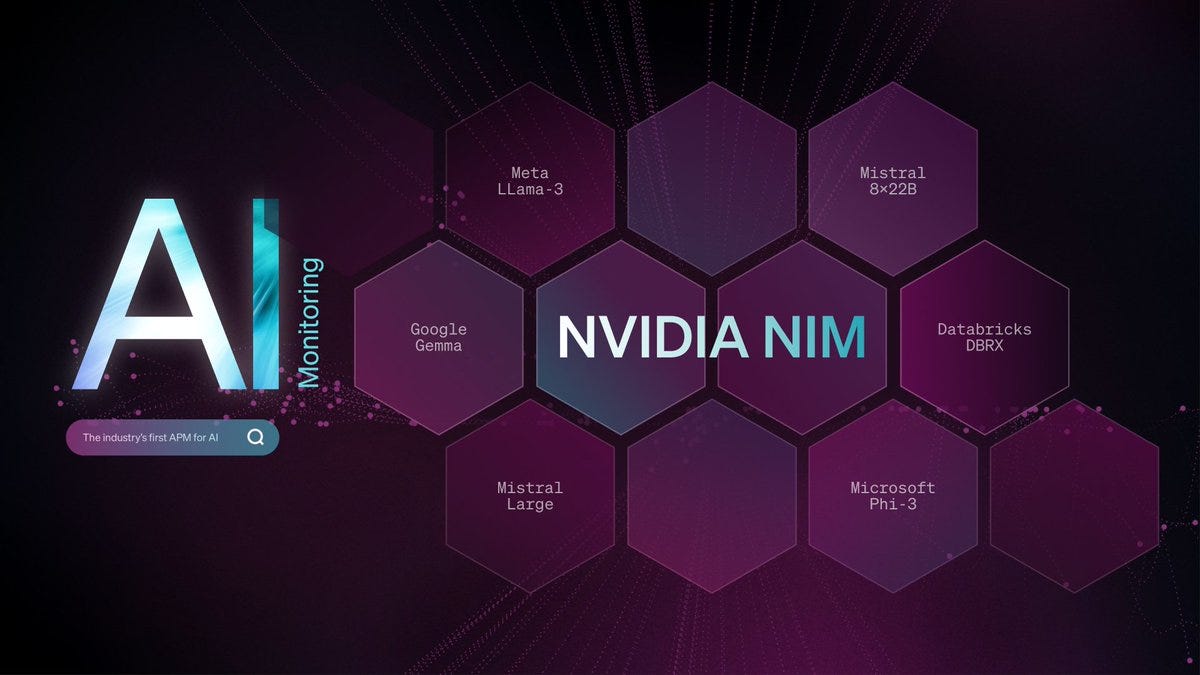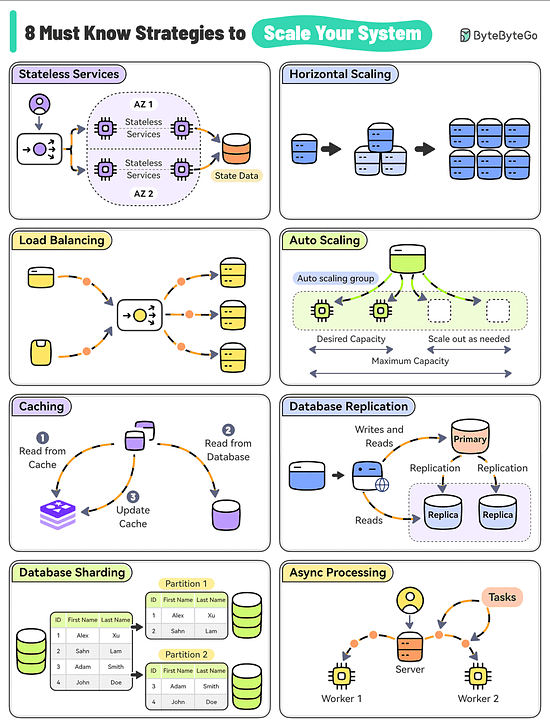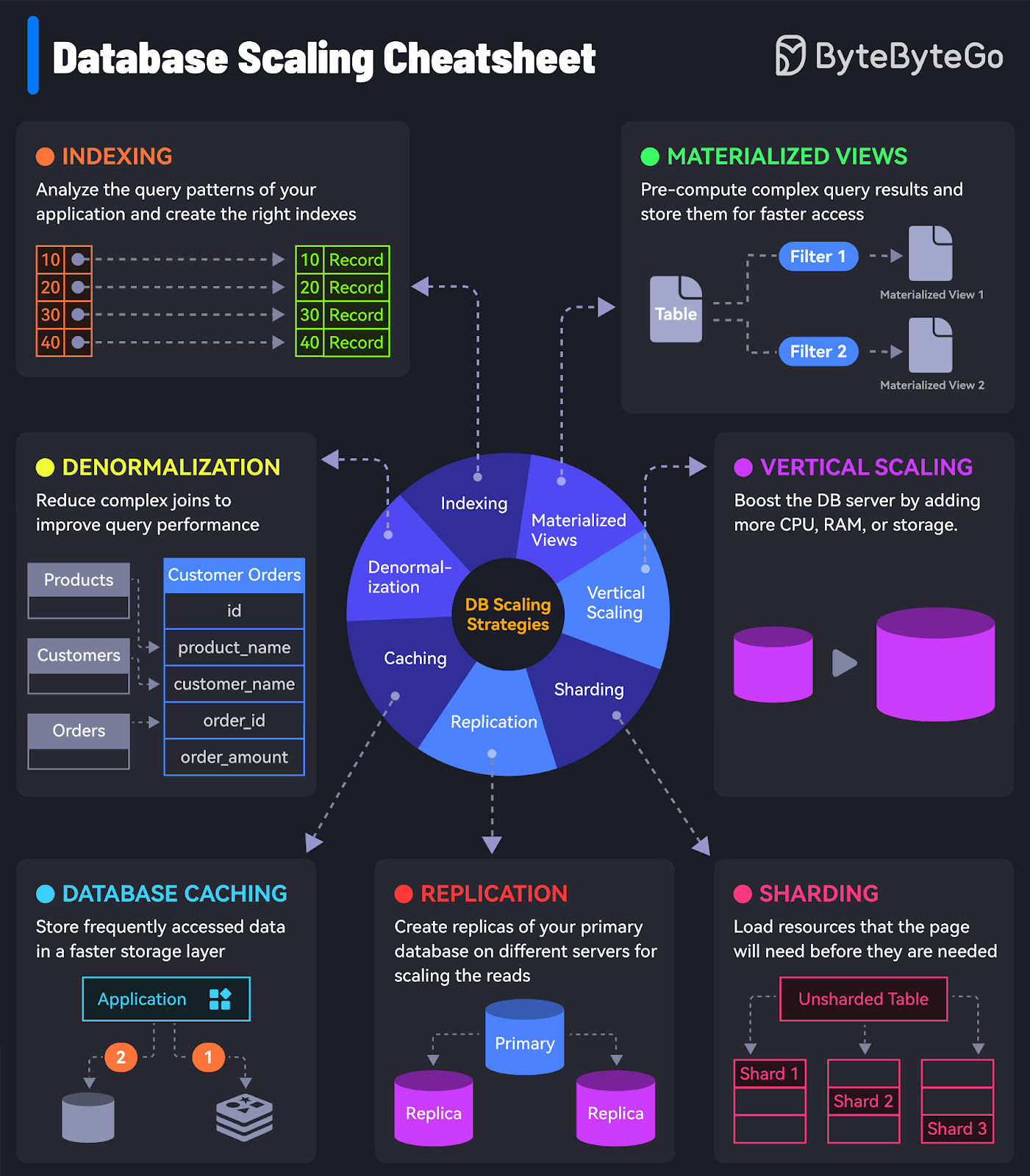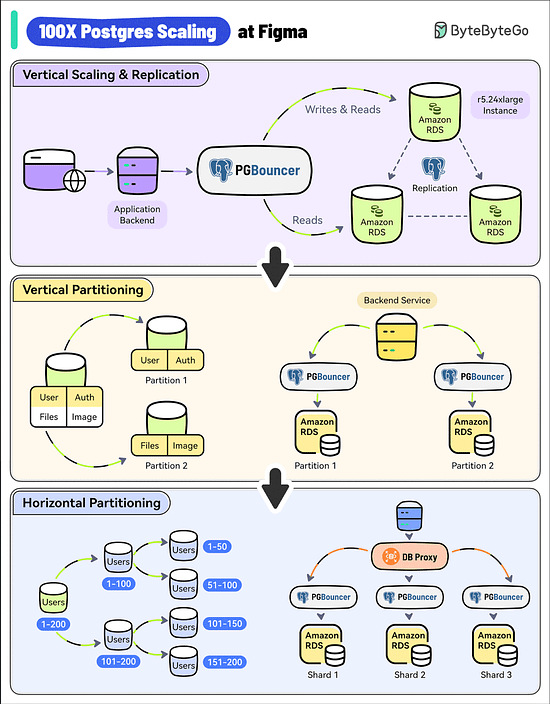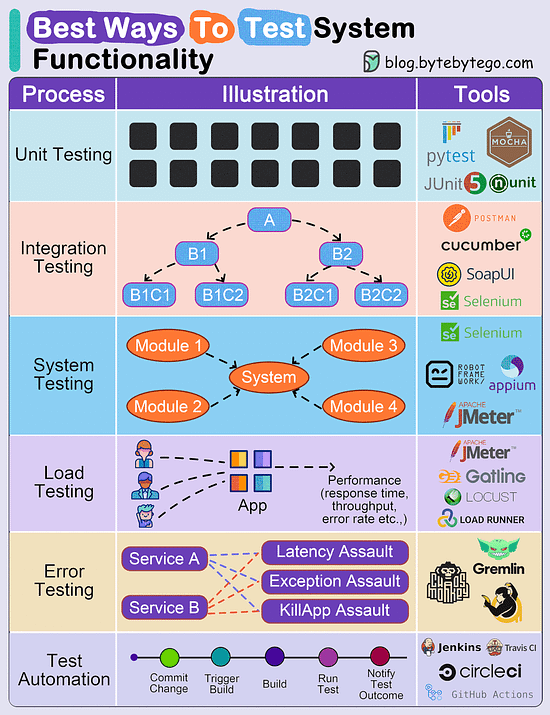- Mailing Lists
- in
- EP119: What do Amazon, Netflix, and Uber have in common?
Archives
- By thread 5189
-
By date
- June 2021 10
- July 2021 6
- August 2021 20
- September 2021 21
- October 2021 48
- November 2021 40
- December 2021 23
- January 2022 46
- February 2022 80
- March 2022 109
- April 2022 100
- May 2022 97
- June 2022 105
- July 2022 82
- August 2022 95
- September 2022 103
- October 2022 117
- November 2022 115
- December 2022 102
- January 2023 88
- February 2023 90
- March 2023 116
- April 2023 97
- May 2023 159
- June 2023 145
- July 2023 120
- August 2023 90
- September 2023 102
- October 2023 106
- November 2023 100
- December 2023 74
- January 2024 75
- February 2024 75
- March 2024 78
- April 2024 74
- May 2024 108
- June 2024 98
- July 2024 116
- August 2024 134
- September 2024 130
- October 2024 141
- November 2024 171
- December 2024 115
- January 2025 216
- February 2025 140
- March 2025 220
- April 2025 233
- May 2025 239
- June 2025 303
EP119: What do Amazon, Netflix, and Uber have in common?
EP119: What do Amazon, Netflix, and Uber have in common?
This week’s system design refresher:
Monitor AI Applications Built with NVIDIA NIM (Sponsored)New Relic and NVIDIA released the first observability integration making it easy for companies to monitor the health and performance of their AI applications built with NVIDIA NIM. Key features and use cases for AI monitoring include:
7 Must-know Strategies to Scale Your Database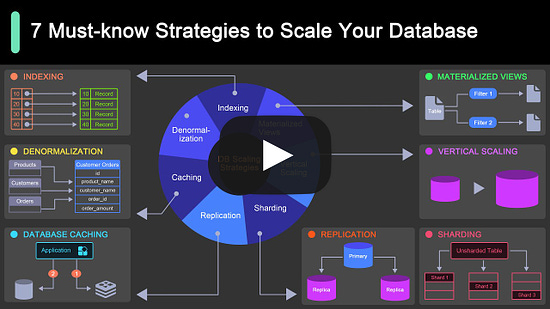 What do Amazon, Netflix, and Uber have in common?They are extremely good at scaling their system whenever needed. Here are 8 must-know strategies to scale your system.
Over to you: Which other strategies have you used? Latest articlesIf you’re not a paid subscriber, here’s what you missed. To receive all the full articles and support ByteByteGo, consider subscribing: 100X Postgres Scaling at FigmaWith 3 million monthly users, Figma’s user base has increased by 200% since 2018. As a result, its Postgres database witnessed a whopping 100X growth.
Over to you - Would you have done something differently? Best ways to test system functionalityTesting system functionality is a crucial step in software development and engineering processes. Here we delve into the best ways:
Over to you:
SPONSOR USGet your product in front of more than 500,000 tech professionals. Our newsletter puts your products and services directly in front of an audience that matters - hundreds of thousands of engineering leaders and senior engineers - who have influence over significant tech decisions and big purchases. Space Fills Up Fast - Reserve Today Ad spots typically sell out about 4 weeks in advance. To ensure your ad reaches this influential audience, reserve your space now by emailing hi@bytebytego.com © 2024 ByteByteGo |
by "ByteByteGo" <bytebytego@substack.com> - 11:35 - 6 Jul 2024
